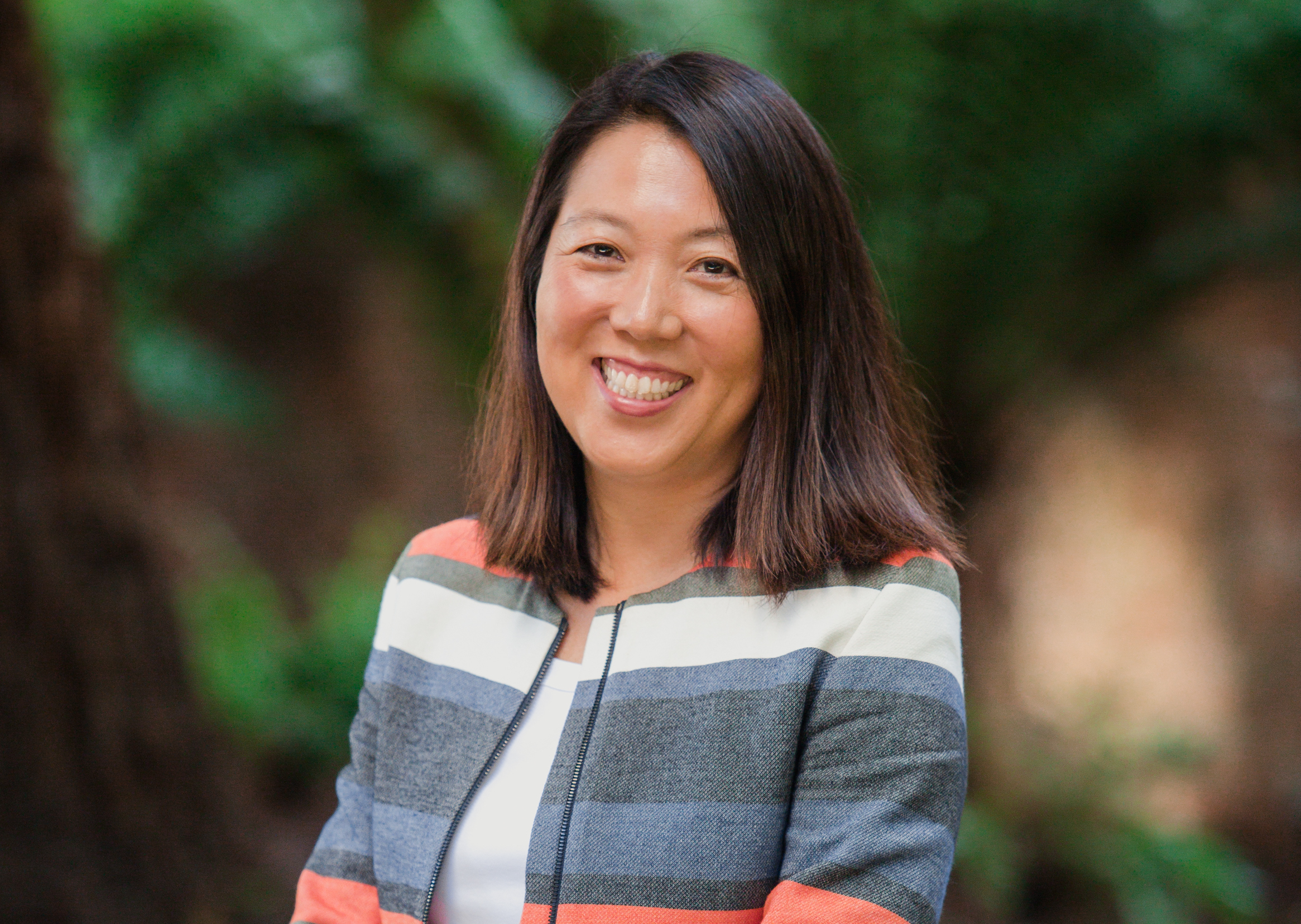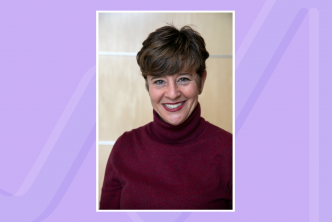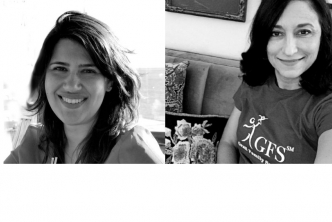
In conversation with Grace Voorhis
We sat down with Magnify Community Pledger Grace Voorhis to talk about how she structured and evolved her giving over time, what she finds inspiring in this work, and advice she has for other local philanthropists starting out.
Tell us about your philanthropic journey. How did you get started?
Growing up in a Korean household, philanthropy was not something I was exposed to. In the Asian tradition, family is expected to step in to provide any necessary support rather than any outsiders. I wasn’t even allowed to sleep over at a friend’s house growing up, so ingrained was this idea that being housed and fed by another family is shameful. But my husband Steve’s family has long been philanthropically inclined. So, when we got married, he asked that this become my priority, too.
As a venture capitalist, I took a structured, researched approach to figuring out which sectors and which organizations to support. We brainstormed a list of causes we could support and ranked them. Since poverty and education were in the top three for both of us, we decided to start by focusing on closing the achievement gap for low-income students, which we saw as the intersection of these two areas. I met with local organizations that were working on closing the achievement gap.
We both believe that we have a civic responsibility to improve the community in which we live; in a sense, my view of family just became larger.
I have long believed that one should try to operate with the long view, taking necessary steps in the short term to realize that vision. We started giving away money even while I was paying down student loans, knowing that my income trajectory in the long run would more than cover my current debts. I don’t believe in operating out of fear. So, as our wealth grew, our philanthropy grew.
What is the focus of your philanthropy today? How did you arrive at these focus areas?
Like many people on the West Coast, we are driven by this idea of maximizing impact. So, having started supporting organizations that were focused on closing the achievement gap, we sought to invest in organizations that were delivering results at scale and helping ensure success in the transition to post-secondary education. This led us to supporting high-performing charter school networks (like KIPP), funds that support the creation of innovative high-quality schools generally (like Silicon Schools), and organizations like Rivet School and OneGoal that support students in their transition out of high school.
After building and supporting schools and students for a while, I sought ways that we could accelerate outcomes and decided that creating a larger, better trained teacher corps could provide leverage in boosting student outcomes. One teacher touches many students’ lives for many years. So we also invest in the human capital side of the equation, supporting organizations like Alder Graduate School of Education.
I admit that progress in education reform is painstakingly slow. Born somewhat from this frustration, we sought to invest in another area where we could have greater impact. There are many parallels between advocating for foster youth and advocating for students. Both populations are funded through entitlement programs, where private funds can help leverage public dollars; both groups need stronger advocacy and a voice at the table. But the foster youth population in the Bay Area is smaller (and therefore maybe our dollars go further) and doesn’t have a union standing in the way of making change. So foster youth has been our second main priority.
As an individual donor, how do you educate yourself and get the information you need to make philanthropic decisions?
My process in evaluating nonprofits is similar to my due diligence process when I was a venture capitalist. I’m looking to understand the problem they are solving and the solution they are offering, evaluating the business / delivery model, and getting to know the management team. And because my background is in finance, I find that I lean toward the numbers to get a sense of the scope and cost of their effort. I do this through conversations with the CEO, supplemental materials, and conversations with others who have also invested.
When I do this initial assessment, I record what I found compelling and the questions I want to focus on seeing play out going forward. And then I check in once a year. Knowing that a short-term view tends to produce suboptimal organizational outcomes, we stick with organizations for a long time. At the end of the day, though, there are two things that I believe hold true for both venture and philanthropy: (1) it’s a leap of faith; and, therefore, (2) it's about the leadership.
What do you hope to accomplish with your philanthropy?
Improve outcomes for underserved students and foster youth, and model for our children the responsibility of improving the lives of those in their community.
What do you find most rewarding about your philanthropic work?
A sense of mission and purpose fuels me because I see how my efforts can make steps toward a better future. And I love being surrounded by people whom I find inspiring—who give more of themselves to the same issues that resonate with me. But as much as I’m pulled to this work, Steve and I feel compelled that it is our responsibility to do this: “To whom much is given much is required.”
What were the biggest challenges you faced in becoming an effective philanthropist? What felt particularly difficult?
Honestly, one of the hardest things is talking about what I do without sounding like I have a lot of hubris. Also, trying to be disciplined about our giving while managing everything else—family, Board responsibilities, other projects. Someone once said to me, “You are like the CEO, the program officer, and the funder all rolled into one!” That is true. We believe the more we can spend on getting the work done and on the outcomes, versus the overhead and the process, the better everyone is. But that means sometimes it takes a while for me to get back to you!
What advice do you have for someone who’s interested in making a difference but doesn’t know where to start?
Don’t let perfect get in the way of progress! Anything can serve as a jumping off point to learning more—just pick a starting point. Find an organization you think is interesting and make a donation. Ask for a meeting with the CEO (they would love to meet with you, I promise!), and then ask your questions. And trust in those doing the work. At the end of the day, I know the people and organizations we support spend a lot more time thinking and planning to attack the problem than any outside funder does. We can ask questions and share perspective, but there’s no way we can direct the activities or control the outcome. So once you decide that this is the team, this is the issue, and their approach makes sense to you, take the leap of faith and enjoy riding the wind.
What advice do you have for someone who cares about education but finds our local education landscape daunting to navigate?
Contact me! I’d love to help you think about what issues are important to you and where you want to start, share some articles or resources, or make introductions. Reach out to Magnify and they can put us in touch.


